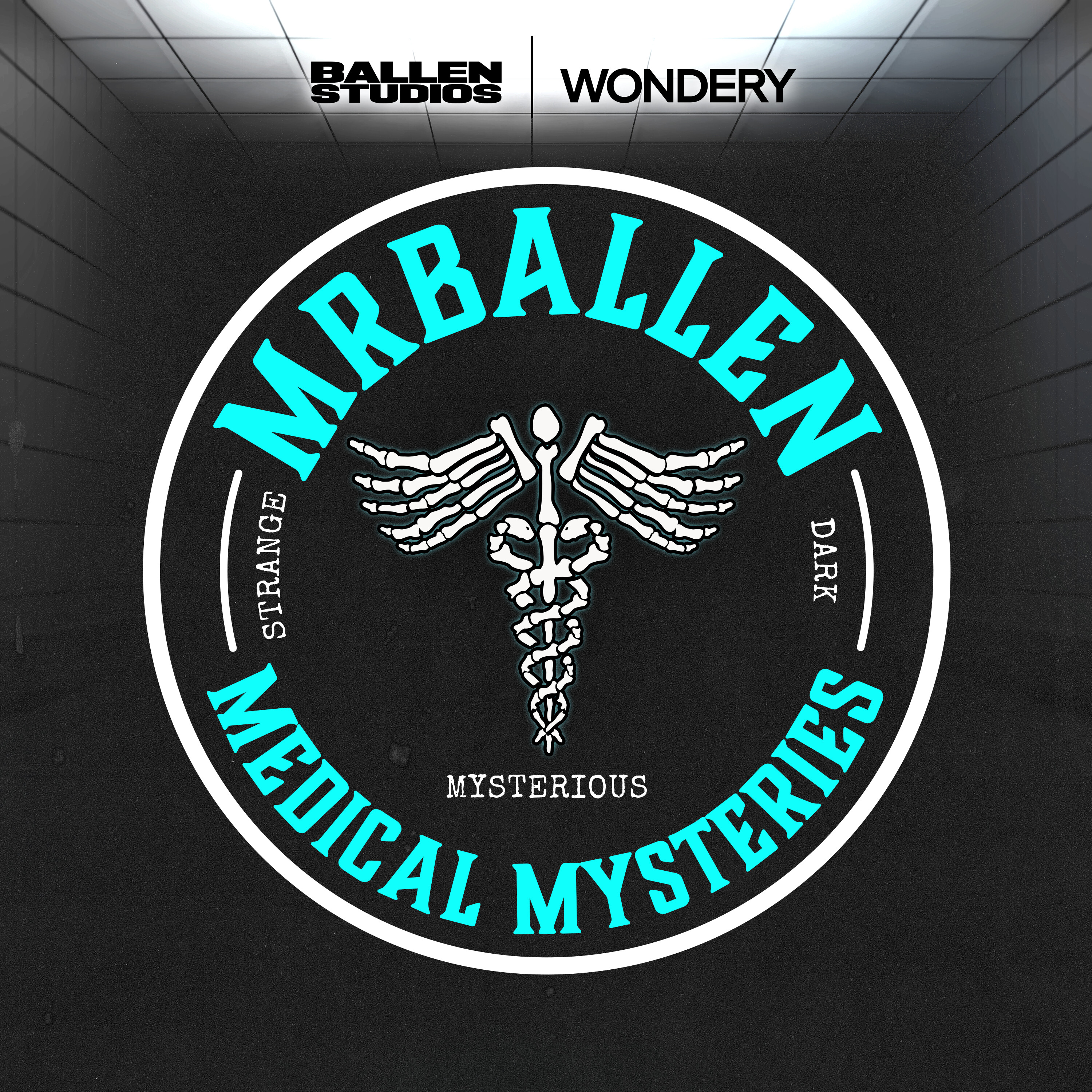Introducing: American Criminal
Henry Lee Lucas and Ottis Toole are two of history’s most prolific serial killers. Or they’re liars who aren’t to be trusted. Either way, they’ve both got red in their ledger – all stemming from their twisted beginnings.
American Criminal takes you inside the minds of some of our most notorious felons and outlaws, exploring the dark side to the American dream. Follow American Criminal wherever you get your podcasts. To get early, ad-free access, subscribe at americancriminal.com.
See Privacy Policy at https://art19.com/privacy and California Privacy Notice at https://art19.com/privacy#do-not-sell-my-info.
Press play and read along
Transcript
Transcript is processing—check back soon.
MrBallen’s Medical Mysteries — Introducing: American Criminal
